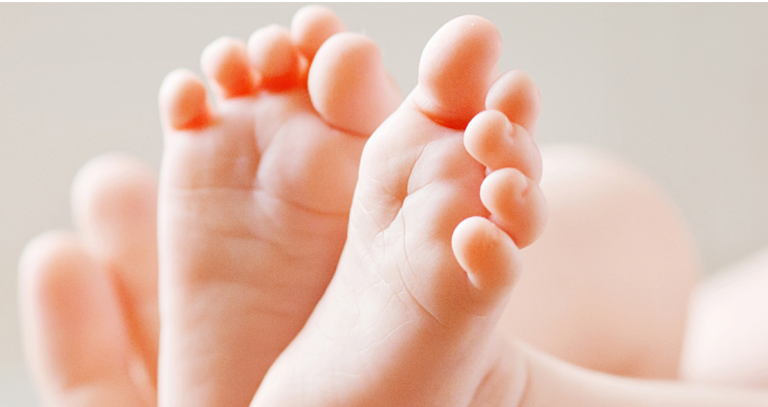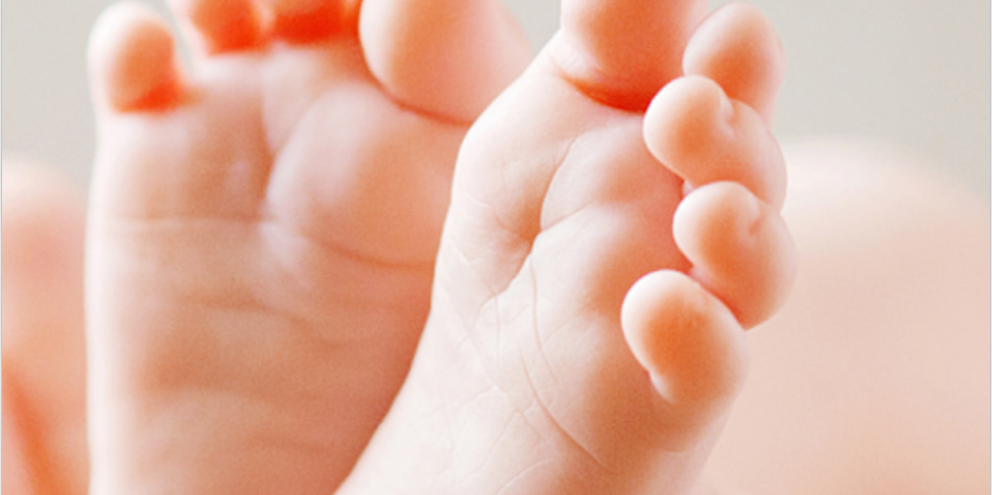
Broadly speaking, NDSC is an approach to care that aims to minimize stress to the infant during their journey through the NICU. As with other areas of healthcare, a single solution is seldom effective; a bundle of actions offers greater chances of success.
This article provides a brief overview of the elements integral to effective NDSC that help achieve the best outcomes for infants in the NICU environment.
The NICU Healing Environment
A newborn, preterm infant has only experienced an in-utero environment devoid of noisy machines, such as ventilators and alarms. As much as possible, the environment after birth should mimic this.
A private room shielded from the outside noise of other infants and staff in the NICU is helpful in this regard. Moreover, within the room, having a temporary home within the incubator—further shielded from noise—can allow for the calming voice of the infant's parents to be heard.
Other factors of the healing environment to consider are:
- Privacy and safety
- Temperature
- Proprioception
- Sensory elements, such as touch, smell, taste, sound, and light exposure
Partnering with Family Integrated Care
Family Integrated Care (FiCare) has increased in popularity as a care approach in NICUs worldwide. FiCare places the family at the center of the care team and has fascinating results on a newborn.
Published in The Lancet, a multicenter, cluster-randomized trial involving 26 NICUs from Canada, Australia, and New Zealand studied the effects of FiCare. The trial asked parents of preterm infants born at 33 weeks gestation to commit be present around their newborn for at least 6 hours a day for a 21-day period, attend educational sessions and actively care for their infant. These infants showed improvements in weight gain and an increase in receiving breastmilk feeding without the need for formula supplementation at discharge. The results also demonstrated decreased stress and anxiety among the parents.1
In a follow-up study, published in the Archives of Disease in Childhood, Fetal and Neonatal Edition, a significant benefit in motor development was found in these same patients at 18 months—though cognitive and language outcomes showed no improvement.2 It appears that the involvement of parents may indeed have long-lasting impacts on the motor outcomes of these infants.
NICU infants have many potential health issues on their journey through the NICU, families who are able to participate in the care of their child will be encouraged to know they can make a difference in both infant and parental health.
Infant Positioning and Handling
Inside or even outside the incubator, prone positioning for the preterm infant has several benefits, including improvements in respiration and gas exchange, as well as reductions in apnea and bradycardic events. Additional benefits to sleep and reductions in caloric use by the preterm infant have also been noted—all of which may serve to improve the chances of normal brain development.
Safeguarding Infant Sleep
According to Infant Behavior and Development, disruption of normal sleep cycle development for the preterm infant may impact IQ, language, and motor developmental outcomes.3 A study in Early Human Development Preterm explains that infants cycle through periods of active sleep (the equivalent of REM sleep in adults) and quiet sleep, which is a time of energy restoration.4
To the best of their ability, NICU staff and parents must allow infants to have uninterrupted sleep as soundly—and for as long—as they can.
Minimizing Preterm Infant Pain
The cost of repetitive painful experiences on the preterm infant is potentially high, with specific patterns of white matter injury resulting from the same. This matter/tissue is responsible for motor function. Therefore, any injuries could lead to long-term issues with fine or gross motor skills later in life, reports a study in Pediatric Research.5
Pediatric Research states assessment and management of pain responses is critical and should include scoring systems, non-pharmacologic and pharmacologic interventions. Environmental stressors should be minimized, even during procedures. Measures to minimize pain may include the following:
- Relying on noninvasive technologies, such as devices using light sources to measure levels of newborn jaundice rather than creating unnecessary skin breaks.
- Clustering care to minimize handling of the infant.
- Focusing on breastfeeding, skin-to-skin care, and provision of breastmilk or sucrose prior to a painful procedure.
Protecting Infant Skin While in the NICU
Preterm infants experience many skin breaks during their time in NICU due to the many blood tests that check electrolytes, blood cell counts, and blood gases. As much as possible, blood testing should be grouped together to reduce the number of times such painful experiences occur.
Maintaining the skin's integrity is crucial for protection against sepsis as bacteria may gain entry through potential breaks. Careful attention to the humidification of the environment around the preterm infant has been shown to protect neonatal skin and impact skin maturation.
In a randomized trial published in The Journal of Pediatrics, at one week of age, infants born at 22-28 weeks gestation were exposed to either 50% or 75% humidity through 28 postmenstrual days of age. Those in the 50% humidity group experienced reduced transepidermal water loss with more rapid maturation of the skin compared to those exposed to greater humidity.6 Humidified environments are shown to decrease fluid intake, improve electrolytes, and enhance growth compared to non-humidified environments in ELBW infants, as reported in Pediatrics.7
Optimizing NICU Nutrition
Aggressive approaches to nutritional support of the preterm infant can also enhance neurodevelopment. Greater energy and lipid intake led to increased total brain and basal nuclei volumes at term-equivalent age in a group of 49 preterm infants born at a mean gestational age of 27 weeks. This was measured via serial MRIs of their brains at 29, 32, and 41 postmenstrual weeks of age.
The authors of this study published by Pediatrics found a direct correlation between increased lipid and energy intake and overall brain growth and white matter maturation.8 Interestingly, earlier introduction of enteral feedings also helped achieve this outcome.
Optimize Preterm Infant Neurodevelopment with Smart Technology
Addressing these neuroprotective measures provides the best chance for optimal neurodevelopment of the preterm infant—and the quality of the technology the infant is placed in can help.
The GE OmniBed Carestation is the perfect partner to help address all seven of these neuroprotective measures:
- It shields the preterm infant from the bustling NICU.
- It features large portholes, allowing for easy access to the infant for both staff and parents.
- It is equipped with comfortable mattresses that allow for optimal positioning.
- It provides a quiet environment that can help preserve normal periods of active sleep.
- It is built with warm mattresses and controlled thermal environments, helping ease any pain.
- It offers precise control of humidity essential for the development of skin integrity.
- It supports thermoneutrality for the infant and reduces caloric consumption, facilitating optimal chances for weight gain.
By marrying smart technology, FiCare, and a dynamic NICU staff, these neurodevelopmental supportive care measures can be met with ease—setting up these vulnerable, preterm infants to achieve optimal outcomes.
References:
- O'Brien K, Robson K, Bracht M, et al. Effectiveness of Family Integrated Care in neonatal intensive care units on infant and parent outcomes: a multicentre, multinational, cluster-randomised controlled trial. The Lancet Child & Adolescent Health. 2018;2(4):245-254. doi:10.1016/s2352-4642(18)30039-7
- Synnes AR, Petrie J, Grunau RE, et al. Family integrated care: very preterm neurodevelopmental outcomes at 18 months. Archives of Disease in Childhood - Fetal and Neonatal Edition. 2021;107(1):76-81. doi:10.1136/archdischild-2020-321055
- Holditch-Davis D, Belyea M, Edwards LJ. Prediction of 3-year developmental outcomes from sleep development over the preterm period. Infant Behavior and Development. 2005;28(2):118-131. doi:10.1016/j.infbeh.2004.12.001
- Holditch-Davis D, Scher M, Schwartz T, Hudson–Barr D. Sleeping and waking state development in preterm infants. Early Human Development. 2004;80(1):43-64. doi:10.1016/j.earlhumdev.2004.05.006
- McPherson C, Miller SP, El-Dib M, Massaro AN, Inder TE. The influence of pain, agitation, and their management on the immature brain. Pediatric Research. 2020;88(2):168-175. doi:10.1038/s41390-019-0744-6
- Ågren J, Sjörs G, Sedin G. Ambient humidity influences the rate of skin barrier maturation in extremely preterm infants. The Journal of Pediatrics. 2006;148(5):613-617. doi:10.1016/j.jpeds.2005.11.027
- Kim SM, Lee E, Chen J, et al. Improved care and growth outcomes by using hybrid humidified incubators in very preterm infants. Pediatrics. 2010;125 (1): e137–e145. doi:10.1542/peds.2008-2997
- Schneider J, Fumeaux CF, Duerden EG, et al. Nutrient intake in the first two weeks of life and brain growth in preterm neonates. Pediatrics. 2018;141 (3): e20172169. doi:10.1542/peds.2017-2169
© 2023 GE HealthCare
GE is a trademark of General Electric Company used under trademark license. Reproduction in any form is forbidden without prior written permission from GE HealthCare. Nothing in this material should be used to diagnose or treat any disease or condition. Readers must consult a healthcare professional.
JB20077XX








